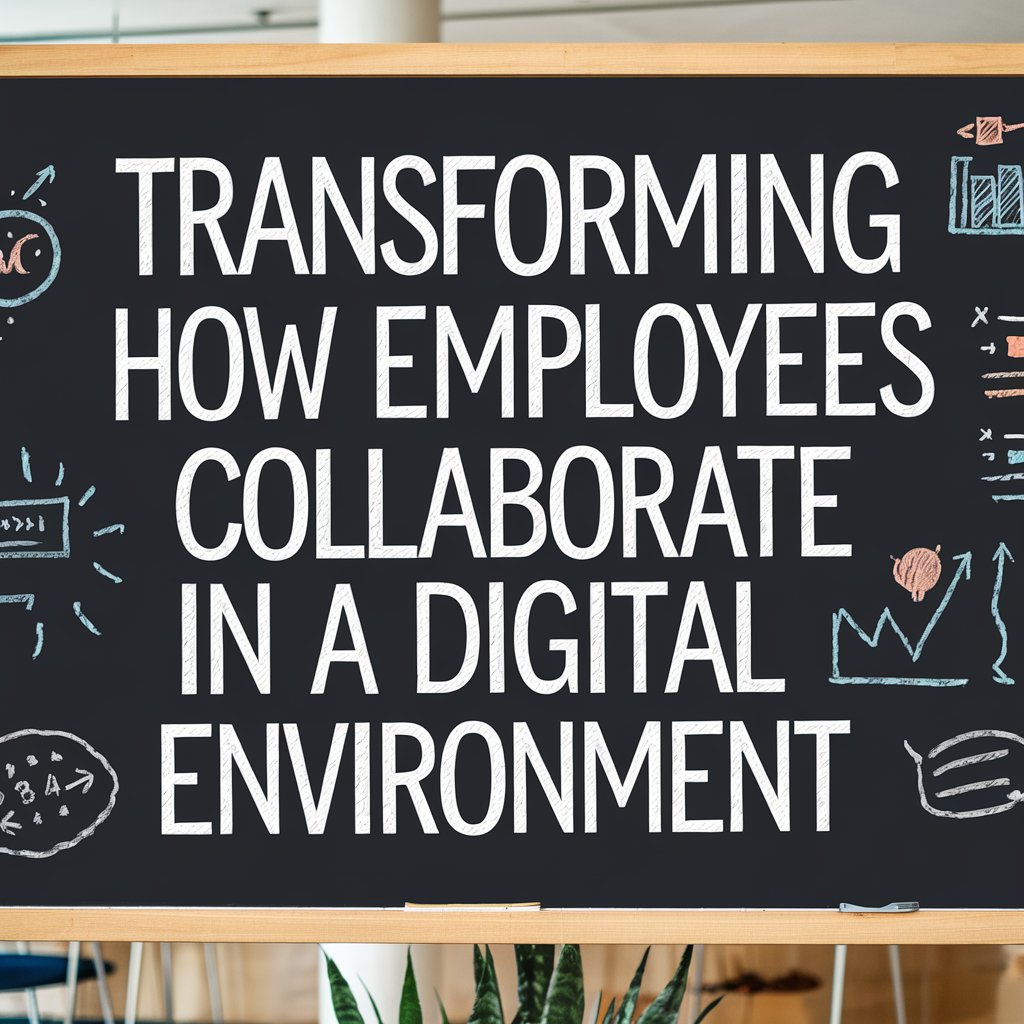With technology being such a huge driving force in business, the nature of workplace collaboration has undergone a significant transformation, and it involves the use of digital tools. Without them, organizations aren’t able to perform as well, let alone make remote or hybrid setups work at all. However, with them, organizations can enable employees to work together seamlessly, regardless of location, time zones, or department boundaries. However, how exactly is the digital environment reshaping collaboration? This article highlights the strategies and technologies enabling employees to work together to bring bigger and better results.
The Shift to Digital Collaboration
The shift from in-person to digital collaboration has been accelerated by advancements in technology and changes in how businesses operate. Traditional face-to-face interactions are being replaced by virtual meetings, cloud-based project management tools, and real-time communication platforms. This evolution is not just a response to the rise of remote work but a natural progression toward more efficient, flexible, and scalable ways of working.
Digital collaboration tools allow teams to connect instantly, share information, and collaborate on tasks without the need for physical proximity. These tools break down the barriers of location and time, enabling organizations to leverage talent from across the globe and fostering more inclusive and diverse work environments.
Leveraging Real-Time Communication Tools
At the heart of effective digital collaboration is real-time communication. Instant messaging platforms allow teams to send quick updates, share files, and create dedicated channels for specific projects or departments, ensuring that conversations remain organized, while video conferencing tools have become critical for virtual meetings, offering face-to-face interaction even when team members are miles apart. These platforms enhance collaboration by providing a personal touch to digital communications, ensuring that teams can build rapport and maintain strong working relationships.
Real-time communication tools not only improve the speed at which teams can collaborate but also promote transparency and accountability. By enabling quick responses and instant feedback, these platforms help teams move projects forward more efficiently.
Cloud-Based Collaboration and Document Sharing
One of the most significant advancements in digital collaboration is the adoption of cloud-based platforms for document sharing and real-time collaboration. Employees can create, edit, and share documents from anywhere in the world, providing real-time updates and eliminating the need for version control.
Plus, team leaders can effectively manage what work their team members are doing thanks to project and task management integrated software so long as they are using the right tools like claromentis.com.
The cloud also makes it easier to store and access important files, ensuring that employees always have the most up-to-date information at their fingertips. In addition to document collaboration, cloud-based tools offer integrated calendars, task management, and communication features, streamlining workflows and improving overall productivity.
Enhancing Collaboration Through Project Management Tools
Digital project management tools can coordinate tasks, track progress, and ensure that projects stay on schedule, but what they are really great for is providing transparency into what everyone is working on, making it easier for team members to collaborate and hold each other accountable.
Project management tools often integrate with communication platforms, further streamlining workflows and reducing the need to switch between multiple tools. By providing a centralized platform for task management and collaboration, these tools improve project efficiency, ensure that deadlines are met, and reduce the risk of miscommunication or overlap in responsibilities.
Overcoming Challenges in Digital Collaboration
While digital collaboration offers many advantages, it also presents certain challenges that must be addressed to ensure success. One of the biggest hurdles is ensuring that employees are proficient in using the necessary digital tools. Regular training and onboarding are essential to help employees understand how to use these platforms effectively and make the most of their features.
Another challenge is managing communication overload. With multiple tools available for communication and collaboration, employees can sometimes feel overwhelmed by constant notifications and messages. Organizations need to establish clear guidelines on how and when to use different tools to minimize distractions and maintain productivity. Alternatively, they need to consider whether an all-in-one platform would be better suited to them.
Conclusion
The transformation of how employees collaborate in a digital environment has unlocked new levels of productivity, creativity, and flexibility for businesses worldwide. Investing in digital tools and strategies will be key to maintaining a competitive edge, driving innovation, and ensuring long-term success.






